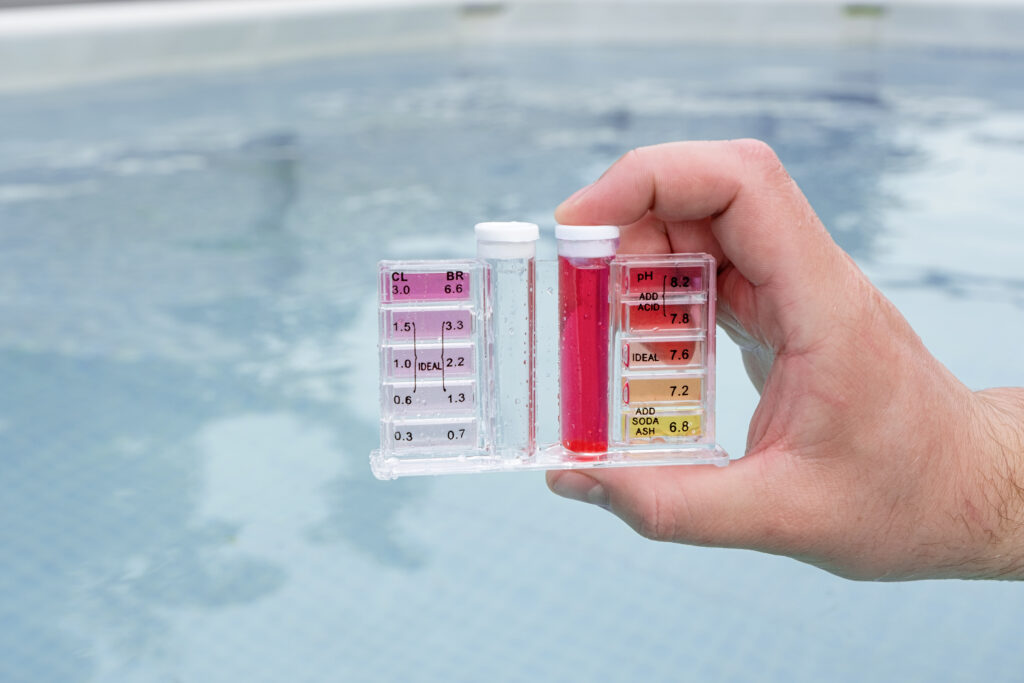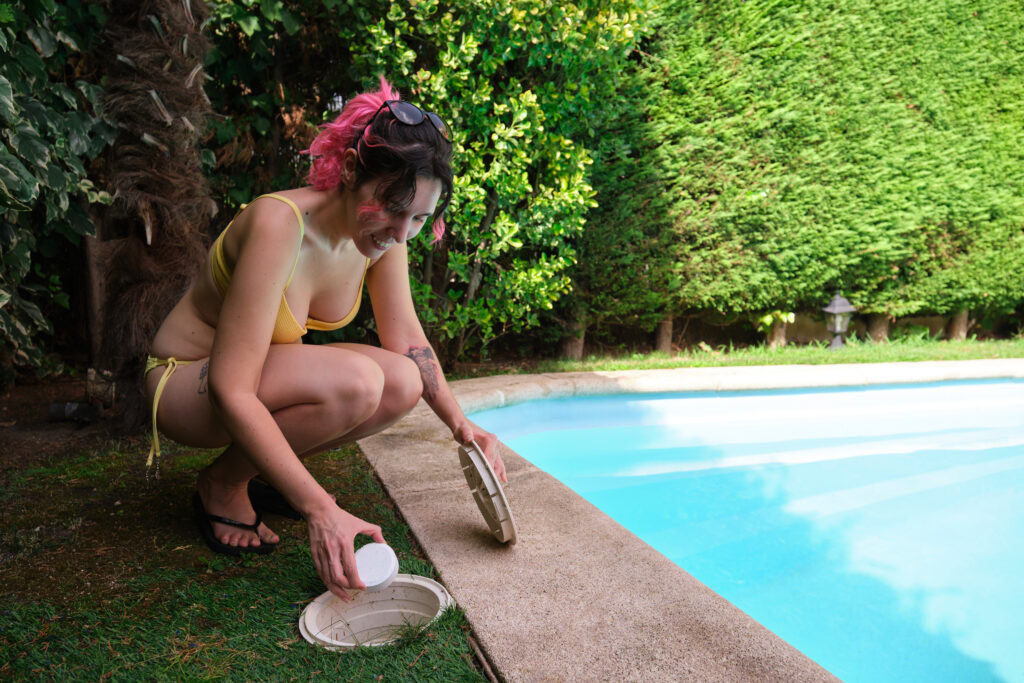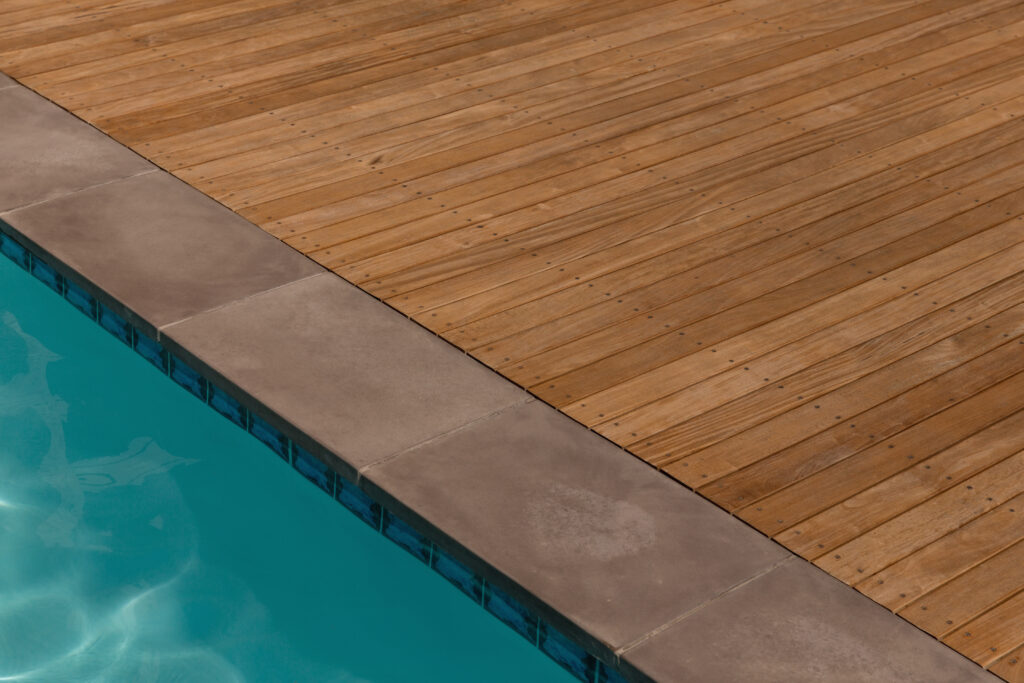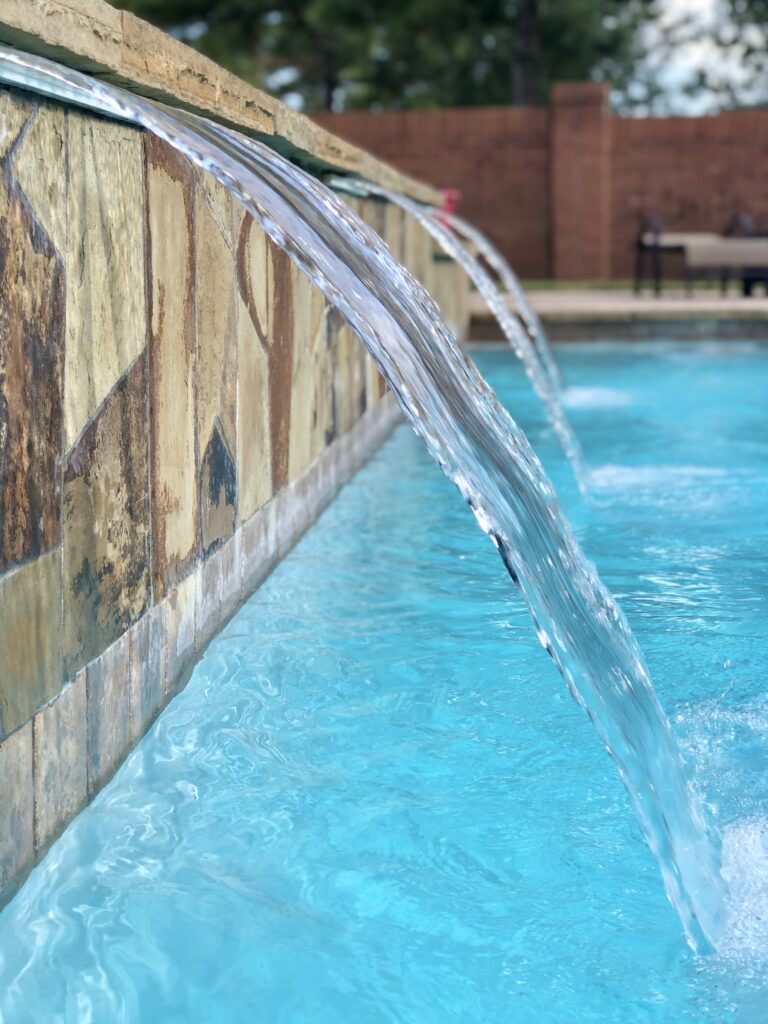If you’re tired of the harsh chemicals and high maintenance costs associated with your traditional chlorine pool, converting to a saltwater pool might be the perfect solution. Saltwater pools offer a range of benefits, including softer water and reduced need for chemical additives. In this guide, we’ll walk you through the steps of converting your chlorine pool to a saltwater pool.


Benefits of a Saltwater Pool
Healthier Water: Saltwater pools use a salt chlorine generator to produce chlorine from salt, resulting in water that’s gentler on your skin and eyes.
Lower Maintenance: With a saltwater system, chlorine is produced automatically, reducing the need for frequent chemical adjustments and monitoring.
Cost-Effective: Although the initial setup cost is higher, long-term maintenance expenses are typically lower compared to traditional chlorine pools.

Steps to Convert Your Chlorine Pool to a Saltwater Pool
1. Assessment and Planning
Evaluate the Current System: Before making any changes, assess your existing pool equipment and infrastructure. Determine what upgrades or replacements are necessary.
Choose the Right Salt Chlorine Generator: Selecting a generator that’s appropriately sized for your pool’s volume is crucial for efficient operation.
2. Draining the Pool (if necessary)
Partial or Full Drain: Depending on the current condition of your pool water, you may need to partially or fully drain the pool. This step ensures that you start with the correct salt levels.
3. Installing the Salt Chlorine Generator
Plumbing Adjustments: Modify the existing plumbing to accommodate the new salt chlorine generator.
Electrical Work: Ensure that proper electrical connections are made to power the generator safely.
4. Adding Salt
Calculate the Amount of Salt: Based on your pool’s volume, calculate and add the appropriate amount of pool-grade salt.
Dissolve the Salt: Circulate the water to help dissolve the salt evenly throughout the pool.
5. Balancing the Water Chemistry
Test and Adjust: Continuously test the water for pH, alkalinity, and stabilizer levels, making necessary adjustments to ensure optimal water chemistry.
6. Regular Maintenance
Monitor Salt Levels: Regularly check and maintain the salt level in your pool to ensure the system operates efficiently.
Clean the Generator Cell: Periodically clean the salt cell to prevent calcium buildup and maintain performance.
Additional Enhancements for Your Pool

- Lighting Upgrades: Consider adding LED lighting for improved aesthetics and nighttime swimming experiences.

- Resurfacing: If the pool surface is old or damaged, resurfacing can give it a fresh, new look.

- Decking: Update or repair the pool deck to enhance the overall appeal of your pool area.

- Water Features: Adding features like waterfalls or fountains can provide a luxurious touch.
Converting your chlorine pool to a saltwater pool can provide numerous benefits, from softer water to lower maintenance costs. By following these steps, you can enjoy a more pleasant swimming experience with minimal upkeep. If you’re ready to make the switch, start planning your conversion today and enjoy the many advantages of a saltwater pool.


